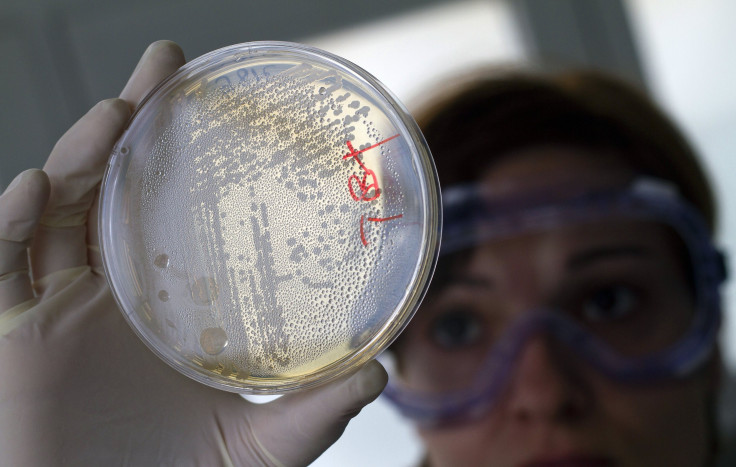Sexual Assault: How ‘Distinct’ Pubic Hair Bacteria Could Help ID Rapists

Like fingerprints or DNA, the bacteria on a person’s pubic hairs are distinct and could help forensic experts identify sexual offenders in rape cases, according to a study published Tuesday in the journal Investigative Genetics. Researchers argue that law enforcement could compare the bacterial profile of an assailant’s pubic hair to that of a victim, looking for matches that could indicate intercourse. Such analysis could augment other forensic evidence collected during an investigation, scientists said.
Every nook and cranny of the human body is chock-full of bacteria, however no two microbiomes are exactly alike, according to Popular Science. The community of microorganisms living in and around a person can vary from one individual to another depending on several factors like environment and diet.
One environment bacteria like to inhabit is the groin. In the event of sexual assault, some of those bacteria can get transferred from offender to victim, and vice versa, meaning there could be opportunity for identifying rape suspects based on their bacterial calling cards. Such cross-contamination “may provide a new way of linking the offender to the victim, in instances in which no human DNA is transferred,” forensic biologist Silvana Tridico of Murdoch University in Perth, Australia, and lead author of the study, told Popular Science.
Researchers had study subjects collect samples of their scalp and pubic hair over the course of five months. They examined the samples in a lab to determine the kind of bacteria present on the hairs. There were between 50 and 55 varieties of bacteria from scalp hairs, however, researchers noted that the microbes were not unique to one subject over another. On the other hand, pubic hairs produced 73 distinct microbes living around males’ groins, and 76 kinds of bacteria on females. More bacteria means a greater possibility for unique combinations. “Pubic hair microbiomes appear to be less influenced by environmental bacteria than scalp hairs and … harbor more niche specific bacteria,” researchers wrote.
Loose hairs, fingerprints and semen are some of the more common ways forensic experts can identify an assailant, however each has its limitations. Sexual offenders are increasingly wearing condoms, which they remove from the scene of the crime after their assaults, according to Science Mag. Fallen hairs often do not have enough root attached for a proper DNA analysis.
Despite the promise of using pubic hair to ID criminals, the study was limited, with only seven test subjects, and would need additional research to back up its claims. “Based on results garnered in the present study, we believe that with further development, bacterial profiling of hair will become a valuable addition to the forensic toolkit,” researchers concluded.
Previous studies have explored the possibility of using microbial profiles in law enforcement. Last year, scientists were able to trace the origin of a hepatitis C outbreak in Spain by mapping the spread of the virus. The report led to an anesthetist being convicted for infecting nearly 300 of his patients with hepatitis C.
© Copyright IBTimes 2024. All rights reserved.






















